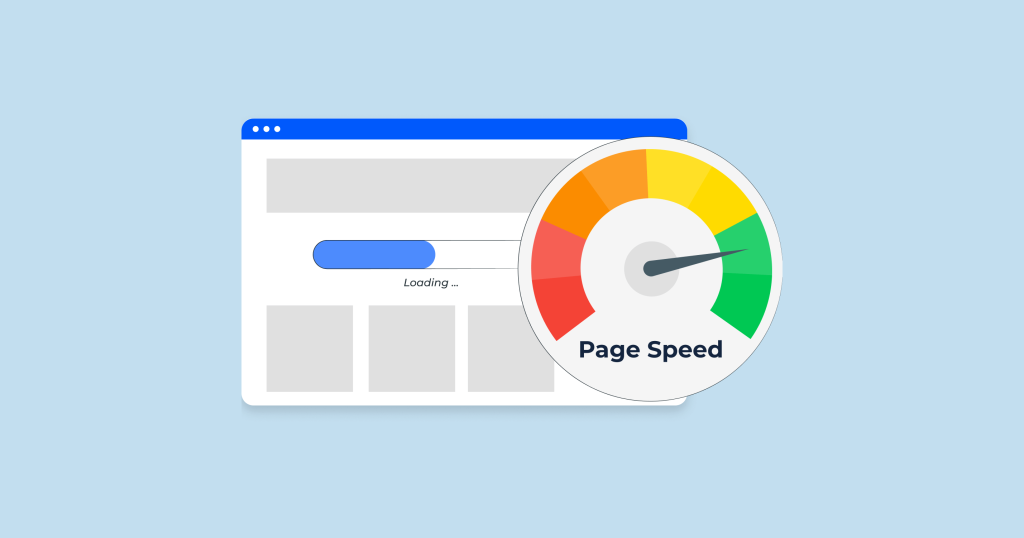
In today’s digital age, a robust online presence is crucial for businesses aiming to thrive in a competitive market. Investing in web development offers a multitude of benefits that extend beyond mere aesthetics. From enhancing brand visibility to improving user experience and increasing revenue streams, here’s a comprehensive look at why web development is a worthy investment.
1. Enhanced Brand Visibility: A well-designed website acts as a digital storefront, representing your brand 24/7. It serves as a platform to showcase your products, services, and brand values to a global audience. With effective search engine optimization (SEO) strategies, your website can rank higher in search engine results, driving organic traffic and increasing brand visibility.
2. Improved User Experience (UX): User experience is paramount in web development. A user-friendly interface, intuitive navigation, and fast loading times contribute to a positive UX. By focusing on UX design principles, such as accessibility and responsiveness, you can ensure that visitors have a seamless and enjoyable interaction with your website, leading to higher engagement and conversion rates.
3. Mobile Responsiveness: With the proliferation of mobile devices, having a mobile-responsive website is no longer optional but essential. A responsive design ensures that your website adapts seamlessly to different screen sizes and devices, providing users with a consistent experience across desktops, smartphones, and tablets. This not only improves user satisfaction but also positively impacts your search engine rankings, as Google prioritizes mobile-friendly websites in its algorithm.
4. Increased Credibility and Trust: A professionally designed website instills trust and credibility in your brand. It reflects your commitment to quality and professionalism, which can significantly influence potential customers’ purchasing decisions. By providing valuable content, testimonials, and secure payment gateways, you can build trust with your audience and differentiate your brand from competitors.
5. Expanded Reach and Market Penetration: Unlike traditional brick-and-mortar stores, a website allows you to reach a global audience without geographical limitations. Through targeted marketing campaigns and SEO optimization, you can attract visitors from diverse demographics and geographic locations, expanding your market reach and potential customer base.
6. Cost-Effectiveness: Investing in web development is a cost-effective long-term strategy for businesses of all sizes. While the initial investment may seem significant, the returns far outweigh the costs in the form of increased sales, brand awareness, and customer loyalty. Compared to traditional marketing channels, such as print ads or television commercials, digital marketing through your website offers higher ROI and measurable results.
7. Data Analytics and Insights: One of the advantages of online platforms is the ability to gather data and insights about your audience’s behavior and preferences. Through web analytics tools like Google Analytics, you can track metrics such as website traffic, conversion rates, and user engagement. These insights enable you to make informed decisions about your marketing strategies, content optimization, and website improvements, leading to better overall performance and results.
In conclusion, investing in web development yields boundless advantages for businesses. From bolstering brand credibility to expanding market reach, the benefits are undeniable. For businesses seeking comprehensive web solutions, partnering with a reputable web development company in Delhi ensures expert guidance and tailored strategies to capitalize on the vast opportunities of the digital landscape.








